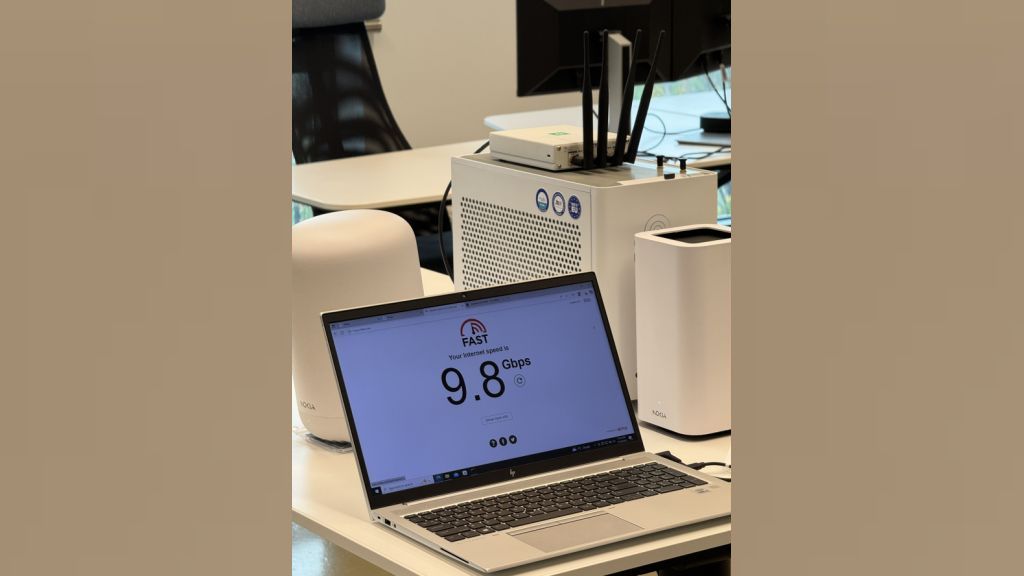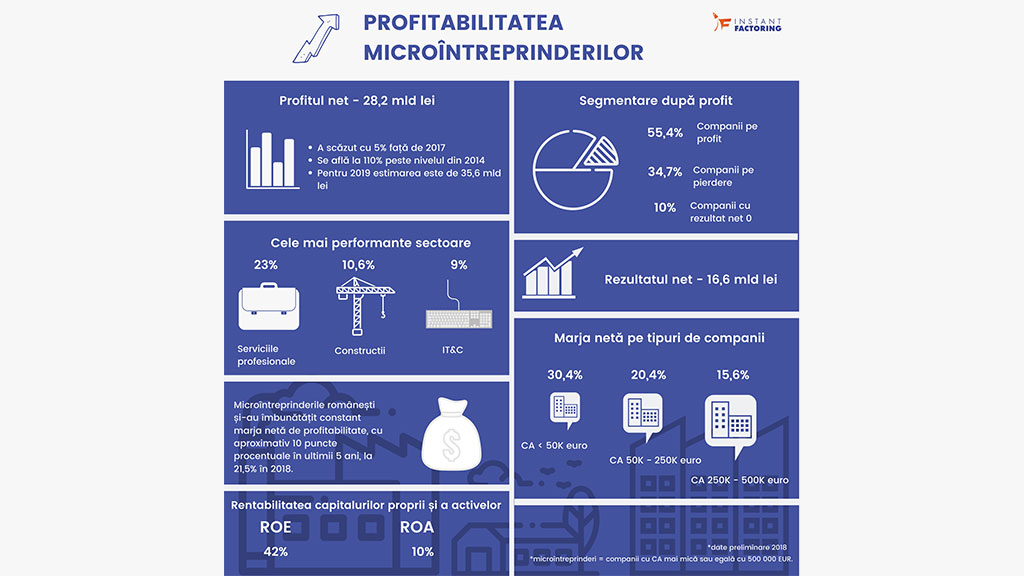Although Romania is reporting one of the fastest GDP growth within the EU (1.6% in Q1-2016 QoQ and 4.2% YoY) amid a general stable macroeconomic outlook, the private business is lagging behind in terms of real economic convergence (low competitiveness due to modest productivity and product quality). The mismatch between the macroeconomic and microeconomic frameworks is driven by the economic growth model based on consumption (financed through credit and triggering imports) and external demand coming from the EU (highly concentrated in the automotive and chemical sector). Thus, as compared to the developed countries where the economic growth is internally driven from bottom – top (industrial production fueled by innovative capex, increasing employment and export growth), Romania’s economic growth model is dependent on private consumption (highly influenced by new credits) and externally driven top-down growth (‘top’ related to external demand and weather conditions). Hence, the external top-down growth is very fragile (highly dependent on the external environment) with sluggish spillover beneficial effects on the microeconomic level.
This is explaining much of the microeconomic imbalances of the private companies featured by modest payment behavior. In this respect, the analysis of the insolvency trends signals important concerns related to the systemic risk in Romania: less insolvent companies coupled with greater financial impact, modest entrepreneurial attitude, limited financial education of management in terms of credit risk management, payment deterioration among private companies. This is based on the following five principal findings detailed next.
Decreasing insolvencies … triggering higher financial and social losses
Although new insolvencies opened in Romania during 2015 decreased by 50% as compared to the previous year, almost 95% of the decrease is reported among small companies (without financials published for three consecutive years, or in the case any financials have been submitted, the turnover was zero or below EUR 100 K). Therefore, we have less insolvent companies among the small businesses. Nevertheless, the overall financial and social impact caused by the insolvent companies is increasing.
Although the number of new insolvencies dropped by half during 2015 as compared to the previous year, the actual debt reported in the balance sheet is almost similar, reaching RON 21 billion for the companies that went insolvent during 2015. Under this context, the total estimated losses for all creditors of insolvent companies during 2015 is RON 14.3 billion (after deducting from the debt the book value of tangible assets), 9% above the corresponding value in 2014. This makes the average financial loss for every insolvent company to increase by almost twice, reaching RON 2.6 million in 2015, as compared to RON 1.3 million in 2014. Among all stakeholders, the private suppliers have supported the highest weight in total losses (50%), followed by the credit institutions (40%) and the state (10%). The higher financial impact is also reflected in the social side, with twice as low insolvent companies in 2015 to report a similar number of employees as compared to 2014 and causing almost 82,000 jobs to be lost. Therefore, the significant decrease of new insolvencies remains relevant only in statistical terms, and will remain so also for 2016, as long as the financial and social impact is increasing.
The process of creative destruction … biased more towards destruction
Theoretically, companies that cease activity allow new entrants to substitute and regenerate the business environment, thus contributing to a healthier system. Nevertheless, in practice, two variables directly linked to this disruptive process must be considered: the caliber of new entrants versus the default companies together with the ratio between the two and the overwritten percentage. When we observe that:
• the companies that cease activity during 2015 report an average age of 11 years, as compared to only 7 years reported by the companies insolvent during 2007 (we can observe the financial crisis has made larger companies, with more years in the business, to default);
• 60% of the companies that cease activity have shareholders that are reported to have another business in parallel, compared to only 30% during 2007 (we observe that the financial crisis has enhanced the ‘learning process’ of private entrepreneurs);
• for every newly registered company, there are 2.33 companies that stop activity, as compared to only 0.48 in 2007 (we observe that financial crisis has discouraged the startups);
we conclude the process of business regeneration is more destructive that creative.
This process is causing Romania to register the weakest position among CEE (Central Eastern Europe) countries, after Serbia, in terms of default rate for every 1,000 active companies during 2015 (22.59 in Romania, as compared to the regional average of 7.38) and number of private companies for every 1,000 inhabitants (only 23 in Romania, as compared to the regional average value of 57).
Most affected sectors?
The best indicator to compare sectors in terms of default ratio would be to scale the number of insolvencies for every 1,000 active companies. Although several sectors are reported in top 10 by this ratio due to the small base effect (sanitation, post and telecommunications), some sectors have been traditionally included in the top default industries due to structural problems: manufacture of textiles (facing both cost issues due to minimum wage increase without reflection in productivity, and external competition from India and China), constructions (mostly oriented towards low added value renovation works); HORECA (negatively impacted by the lack of strategic development of tourism), food and beverage (negative impacted by the increasing imports); wholesale and distribution (negative impacted by the extension strategy of large multinational brands like Kaufland, Carrefour and Lidl).
Inappropriate cash flow management – the principal cause for insolvency
The assessment of the financial statements submitted during 2008-2014 by the companies that went insolvent in 2015 reveal the P&L hasn’t raised major concerns: the turnover was relatively flat, whereas the net margin had small negative values in average. Moreover, almost one third of the insolvent companies reported increasing turnover coupled with higher profits.
On the other hand, the balance sheet structure reveal major imbalances in terms of asset liabilities horizon management, the insolvent companies showing an increasing propensity to allocate short term resources to long term needs. More exactly, during the appraised period of 2008-2014 before the default moment, the insolvent companies have tripled the average payment term to suppliers (increasing from 74 days in 2008 up to 235 days in 2014) although the average period of receivables collection has only doubled (the average DSO increasing from 95 days in 2008 up to 181 days in 2014). The cumulated negative result coupled with increasing commercial debt from suppliers has fueled up the debt ratio to unsustainable levels, reaching almost 123% in 2014.
Therefore, 6 out of 10 insolvent companies have used short term financing resources above the current assets capital needs, the reason for this being:
• 60% have used the additional short term resources to finance long term investments
• 20% have used the short term commercial credit to reimburse long term banking loans
• 10% have used the extended payment terms to suppliers to pay dividends
• 10% have used the commercial credit to finance other companies within the group
The extensive use of the short term commercial credit is visible in the overall broad market behavior, not only in the case of the insolvent companies. Hence, the total commercial credit in the domestic market has increased from RON 168 billion in 2007 up to RON 338 billion in 2015, exceeding by almost 4 times the banking credit. Under this context, the average DSO registered on national level has increased from 60 days up to 2014 days, the fastest growth being reported among the very small companies.
Increasing payment defaults in the economy
Although the number of new insolvencies decreased by half during 2015, the larger financial impact propagated through the domino contagious effect has caused the payment behavior to further deteriorate. Hence, the total value of default payment instruments has increased to RON 8.5 billion in 2015, 8% higher as compared to the previous year.






























